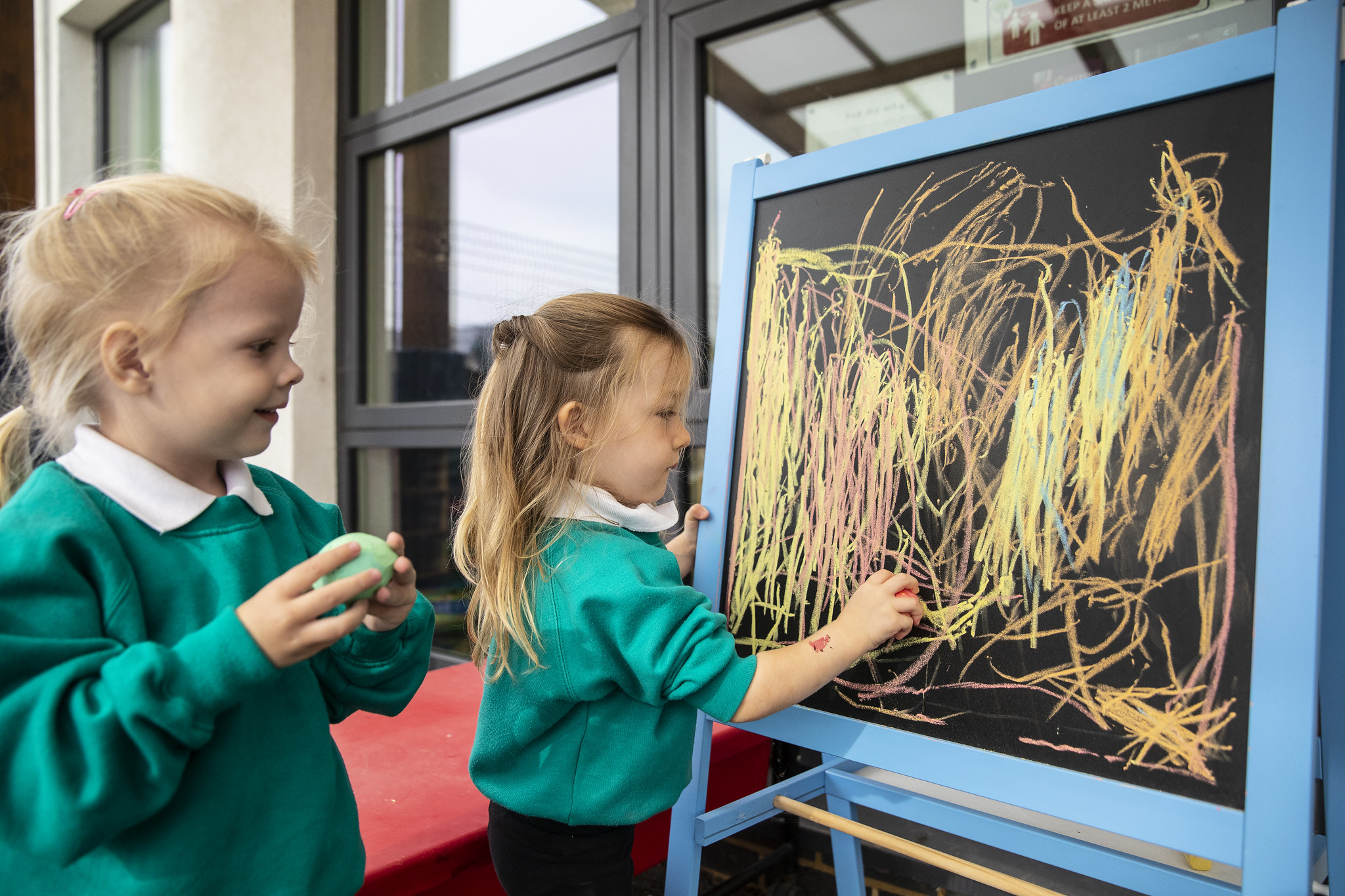
Art and Design Technology
Art
Our art curriculum is designed to enable children make connections between the work of artists, architects and designers and their own work. The curriculum provides meaningful opportunities for self-expression to give children the space to learn who they are as an artist by exploring different mediums. We aim to ignite children’s love for art by giving them the ability to express themselves through drawing, painting, sculpture, printing, collage, photography and textiles. The curriculum also provides extensive opportunity for children to develop their skills in visual literacy by looking at, thinking and talking about art.
The curriculum fulfils the requirements of the National Curriculum for England. This course of study seeks to show how art shapes our history and contributes to our national culture. It looks at key movements and historical periods including, studying art from ancient Greece and Rome, Anglo Saxon England, the Italian Renaissance, Victorian art and architecture, French Impressionism and 20th century Modernism as well as art relating to different religions and cultures such as Islamic art, art from Western Africa and Chinese painting and ceramics.
Design Technology
Our Design and Technology (DT) curriculum aims to inspire students to think about the important and integral role which design, and the creation of designed products play in our society. Everything we use, from the interior of the bus to the office chair, the lemon squeezer, potato peeler, car door or latest fashion has been designed. Design is also central to the clever solutions we need to address the global problems we face, such as windfarms, solar panels, electric cars, micro farms, energy saving lightbulbs, sustainable fashion – the list is endless.
Our DT curriculum is divided into three different strands:
- Cook
- Sew
- Build
In ‘cook’ pupils will learn to cook from recipes which gradually build basic culinary skills. Whilst studying these practical skills they learn about concepts relating to food such as nutrition, seasonality, food production, transportation, and food from different cultures.
In ‘sew’ pupils practise using fabric and thread to learn basic sewing techniques to create objects which demonstrate embroidery, appliqué, weaving and plaiting. Concepts such as the properties and creation of different fabrics, fast fashion, industrialisation, waste, recycling, and pollution are interwoven into these activities.
In ‘build’ students learn about the creation of structures and mechanical and electrical devices to create products such as cars, moving cards, toys, and books. Through this they learn about concepts such as force, motion, and the properties of materials.
Two different ‘aspects’ of design are interwoven into the three strands: the environment and sustainability, and enterprise and innovation. These ‘aspects’ acknowledge enduring and contemporary concerns of modern design.
The DT curriculum is sequenced to enable the students to become familiar with, understand and practise the process of design through:
- Research and investigation
- Design
- Making
- Using and evaluation
The planning for each unit of work specifies the product the children will make, the purpose and user of the product. The students’ understanding of key skills and concepts builds from year to year, assessing and cementing prior learning.
